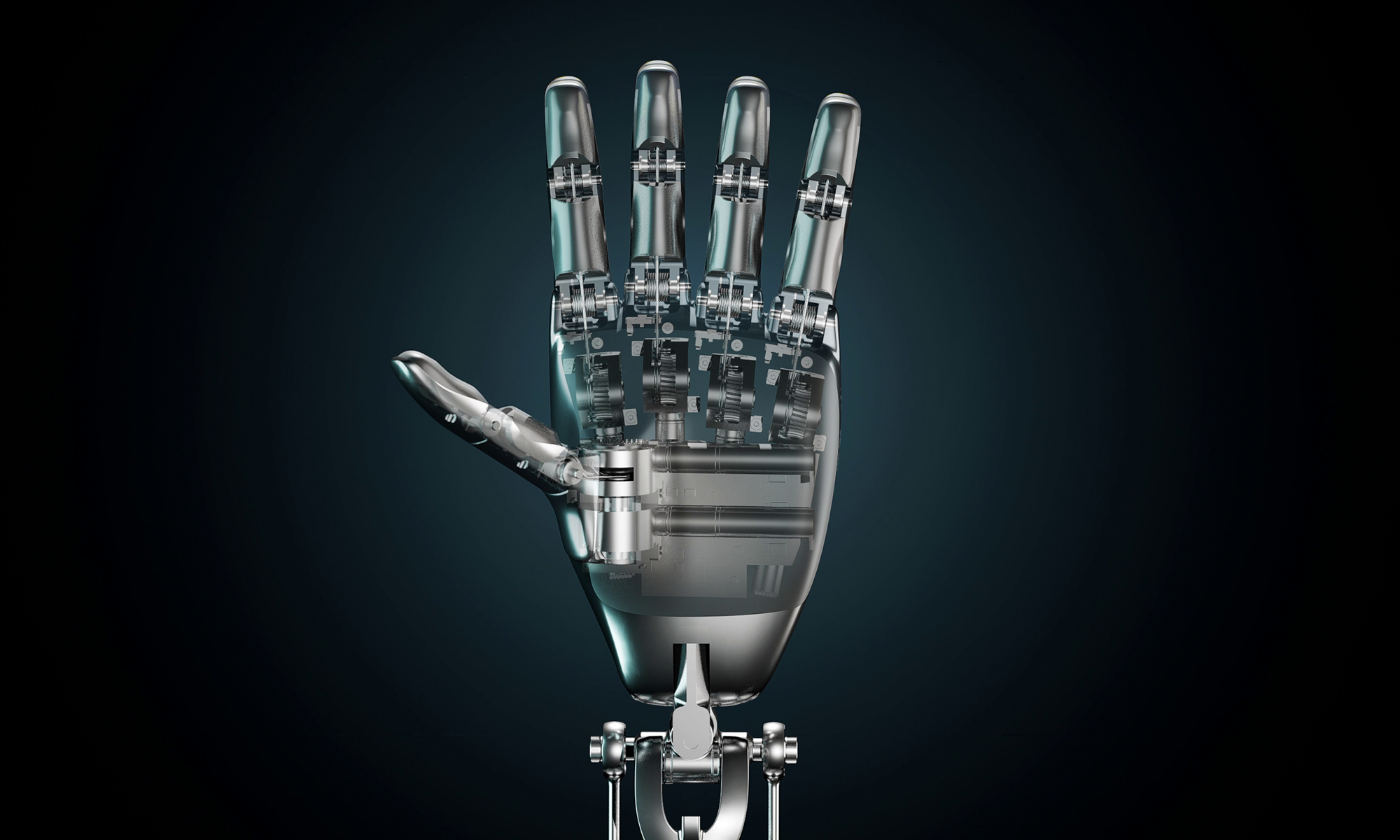One area where Tesla's (TSLA 1.04%) lead in the auto industry is unquestioned is in its ability to quickly and regularly deploy meaningful software updates to its vehicles. Notable past updates have included things as simple as improvements to the sound and air conditioning systems, and as exciting as new Autopilot driving features and faster acceleration.
Tesla is about to flex its prowess in software yet again: On Sunday, CEO Elon Musk promised on Twitter that it will start rolling out its entirely new navigation system and updated maps to its vehicles over this coming weekend.

Model S. Image source: author.
A major update
Highlighting how significant this update will be, the new navigation system not only provides a one-time major update to the navigation system itself and to the underlying maps, but it will also improve the upgradeability of a rare aspect of Tesla vehicles that was previously difficult to improve with software updates.
The previous navigation and maps system was "stuck with legacy 3rd party black box code and stale data," Musk admitted in his tweet on Sunday. There was "No way to improve," he said. This explains why some owners complained to Tesla about outdated map data.
But Musk warned that the new navigation system will have some flaws initially. "Should be considered a mature beta at first, so won't be perfect, but will improve rapidly," he said on Twitter.
Expectations for the update are high. Musk has previously referred to this update as a "major navigation overhaul" that "will be light-years ahead" of the current system.
Highlighting Tesla's competitive advantage
Major software updates from Tesla like this are worth looking into. Not only has Tesla already demonstrated a significant lead over competition when it comes to over-the-air software updates to its vehicles, but the electric-car company has made some bold promises about what customers can expect from future software updates. Any major update, therefore, helps build a case for the viability of Tesla's more ambitious promises, namely its promise that it will eventually release a software update that will make all of its vehicles with its late-2016 released "hardware two" sensor suite fully self-driving.

Model 3. Image source: Tesla.
Ultimately, every major software update provides insight into an aspect of Tesla's business that investors should be watching closely. Tesla's lead in software over competition isn't a competitive advantage that can erode quickly. By vertically integrating the majority of the manufacturing process for its vehicle, building its own software from the ground up, and integrating its software deeply into the DNA of its vehicles, Tesla is able to easily deploy major over-the-air software updates regularly.
If Tesla's maps and navigation update this weekend delivers on its promise by not only giving customers a better experience but also making its navigation system easier to update in the future, Tesla will put the spotlight on one of its biggest advantages over competition: software.






